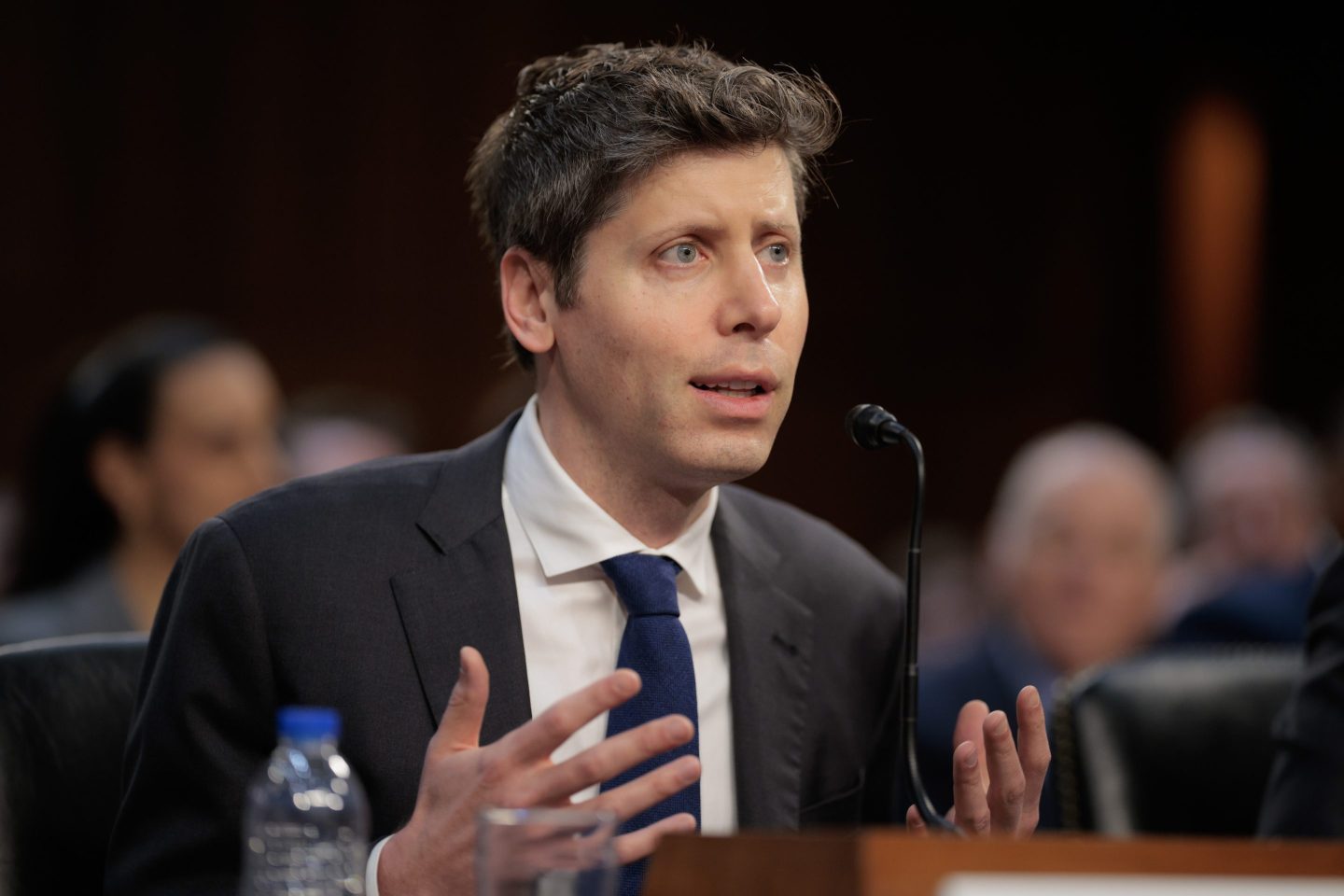Five years ago, I predicted that 95% of internet content would be AI-generated by 2025. It’s hard to measure where we are exactly, but we’ll get close to that in the coming years.
This week, we integrated OpenAI’s Sora 2 into Synthesia. Businesses can now drop cinematic b-roll into the AI videos they already make on our platform. As I’ve been playing around with OpenAI’s new model, I feel more confident than ever that the next two years of the internet will be weird, creative, sloppy, and brilliant, all at once. It’ll force a reset on how brands, employees, and customers think about what makes a video good.
We’ve seen this before. When large language models went mainstream, the early reaction was euphoria, quickly followed by anxiety that the web would drown in auto-generated text. The same pattern is repeating in video, only faster and louder. Right now, we’re in the mass experimentation phase. People are pushing the tech to its limits. Next comes the product phase where businesses turn novelty into workflows that actually matter.
With powerful video models now available to anyone with a browser, the internet will soon flood with high-volume, high-intensity clips engineered for shock, irony, or dopamine. It’ll be entertaining—and exhausting—to tell what’s filmed and what’s synthesized.
But once the novelty fades, no one will care how a video was made. Every media shift goes through this cycle. Painters debated cameras. Print debated digital. Provenance debates burn hot, then cool, as audiences standardize on value. Was it worth my time? Did I learn something? Did it help me decide faster? We’ll stop caring if a video came from an iPhone or a GPU, except for select formats like news or sports.
Until then, things will get very weird, very fast. As production costs collapse, we’ll see an explosion of AI-generated “watchbait”: short, disposable clips optimized for the swipe. Platforms will rush to release AI-native creative tools, give them away, fill feeds, and monetize the engagement loop with ads.
Expect synthetic news broadcasts, infinite “live” shows, personalized storylines, and cinematic worlds that never existed. To navigate that, we’ll need better media literacy. Authenticity rails like watermarking that survives edits, cryptographic provenance, and clear platform-level disclosures.
In the enterprise world, the impact of Sora 2 will be slower. Companies don’t trade in eight-second AI slop, they buy measurable business outcomes. To be useful, generative video must do more than shock. It has to drive measurable results: faster creation, lower costs, higher engagement. That means integrating models into full workflows—editing, guardrails, translation, versioning, collaboration, distribution, and analytics.
We’re already seeing it. One of the world’s largest food and beverage companies used this new integration to update their safety training videos across facilities. Instead of a standard AI avatar listing hygiene rules, they deployed a walking, talking chocolate bar delivering the same message. It won’t win Cannes, but it gets attention and makes the message stick.
So, let’s be clear: despite the froth, AI audio and video are here to stay. What sounded like science fiction in 2021 is now shipping in product updates. ChatGPT’s voice mode has redefined human-computer interaction. Younger generations are relying more and more on social video and AI searches for entertainment and information, rather than the open web, causing an 8% drop in Wikipedia traffic year-over-year. In the video realm, we’ve crossed the “good enough” threshold for most business cases, and “great” is in sight.
As video production costs approach those of text, the new competitive unit is clarity, creativity and trust. Our Sora 2 integration moves in that direction—not just a fun demo, but a tool to help teams tell better stories, faster.
The frenzy will pass. The flood will recede. What will remain is the same question every creator has asked for a century: What’s the best way to say what we need to say?
More often than not, the answer will be AI video.
The opinions expressed in Fortune.com commentary pieces are solely the views of their authors and do not necessarily reflect the opinions and beliefs of Fortune.












